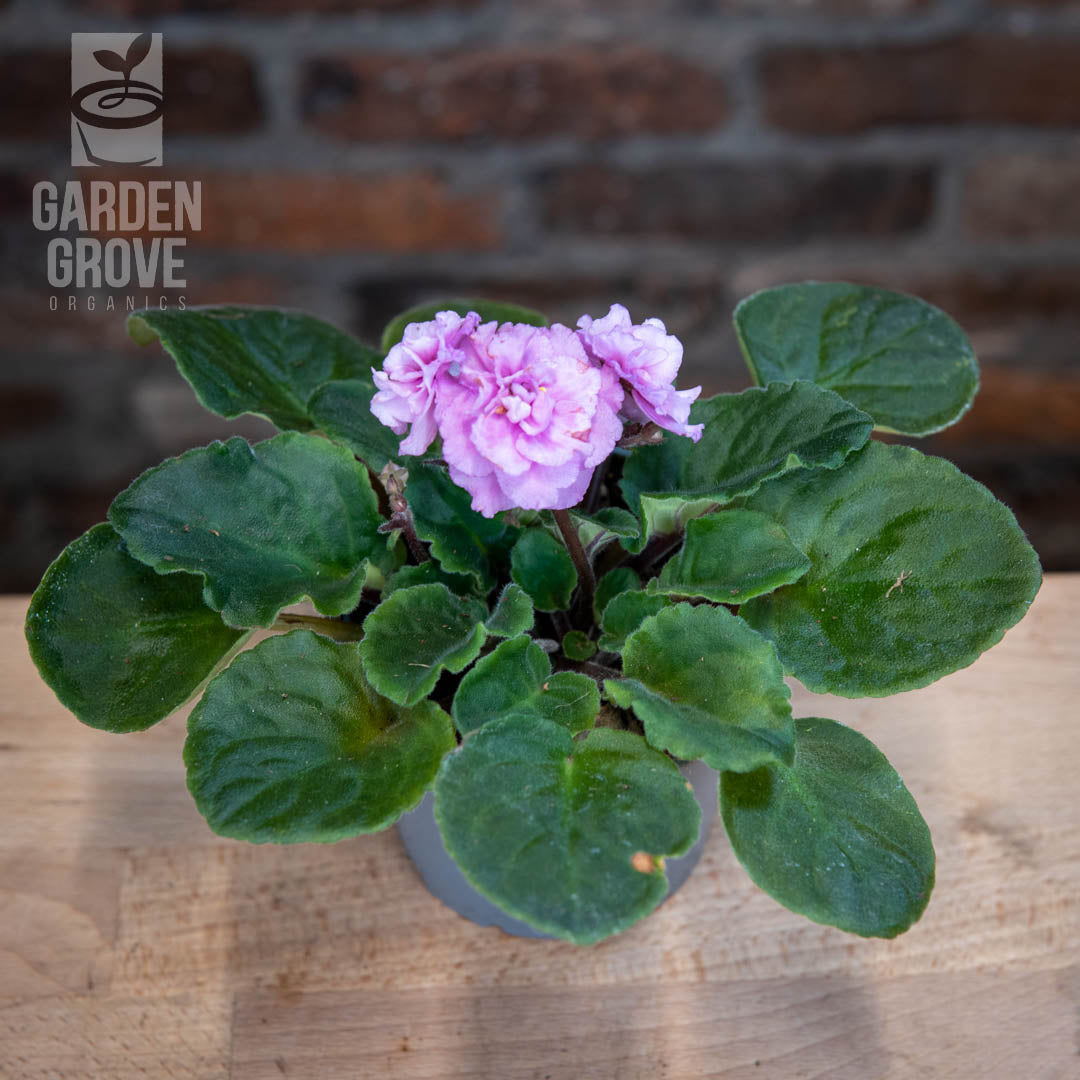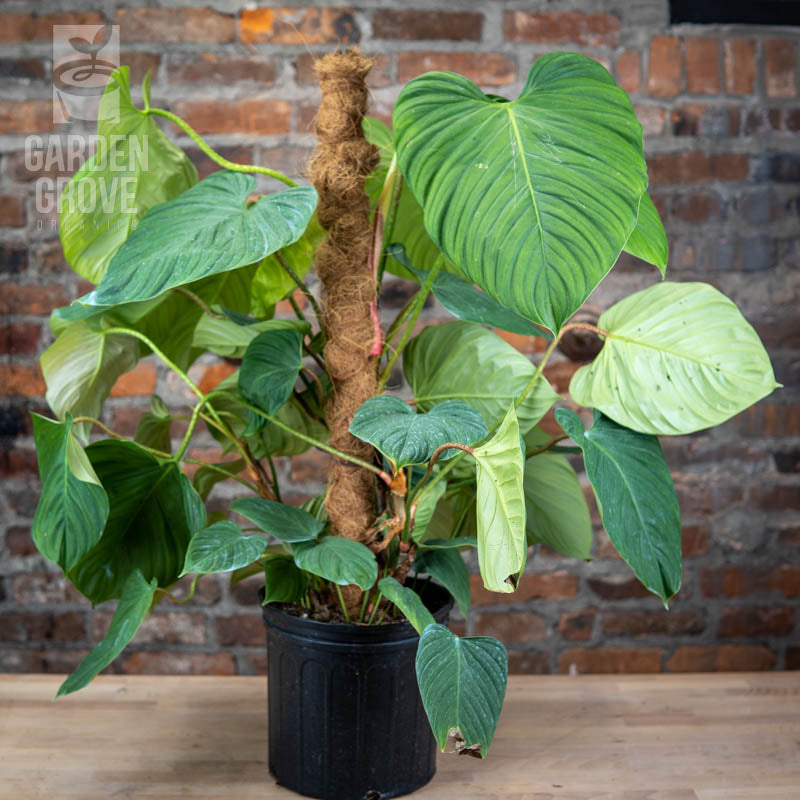Description
African violets, scientifically known as Saintpaulia, are a popular and beloved group of flowering houseplants. They are native to certain regions of East Africa and are cherished for their delicate, colorful flowers and compact growth habit.
African violets are herbaceous perennials that typically grow in small rosettes with fuzzy, oval-shaped leaves. The leaves can vary in color, ranging from shades of deep green to variegated patterns of green and white. They have a slightly velvety texture, adding to the plant’s overall charm.
What sets African violets apart are their beautiful flowers. The blooms appear in a wide range of colors, including shades of purple, blue, pink, and white. Some varieties even have bi-colored or ruffled petals, adding further interest. The flowers are typically five-petaled and have a star-like shape. They are borne on individual stalks that rise above the foliage, creating a stunning display.
Caring for African violets involves providing them with the right conditions. They prefer bright, indirect light, as direct sunlight can scorch their leaves. Placing them near a north or east-facing window or providing filtered light is ideal. If the light is insufficient, supplemental fluorescent lighting can be used.
In terms of temperature, African violets thrive in moderate temperatures ranging from 65°F to 75°F (18°C to 24°C). They are sensitive to extreme heat or cold, so it’s important to avoid placing them near drafty windows or in areas with fluctuating temperatures.
When it comes to watering, African violets have specific requirements. They prefer to be watered from the bottom, using a saucer or by submerging the pot in water. This prevents water from getting on the leaves, which can cause spotting or fungal diseases. It’s important to allow the top inch (2.5 cm) of the soil to dry out slightly between waterings to prevent overwatering. Avoid letting the plant sit in water for extended periods, as this can lead to root rot.
Maintaining proper humidity levels is beneficial for African violets. They appreciate moderate humidity, so misting the leaves or placing a tray of water near the plant can help increase humidity. However, it’s important to avoid excessive moisture, as it can promote fungal diseases.
Fertilizing African violets is necessary to promote healthy growth and blooming. A balanced, water-soluble fertilizer formulated specifically for African violets can be applied at a diluted strength every 2-4 weeks during the growing season. It’s essential to follow the package instructions to avoid over-fertilizing, which can lead to salt buildup in the soil.
African violets can be propagated through various methods, including leaf cuttings and crown division. Leaf cuttings involve carefully removing a healthy leaf and placing it in a well-draining potting mix until new roots and a new plantlet develop. Crown division involves dividing the plant at the base, ensuring each section has roots and leaves.
In conclusion, African violets are delightful flowering plants that bring beauty and elegance to indoor spaces. With their vibrant flowers, compact growth habit, and relatively easy care requirements, they have become a favorite choice among plant enthusiasts and collectors.
Â




Reviews
There are no reviews yet.